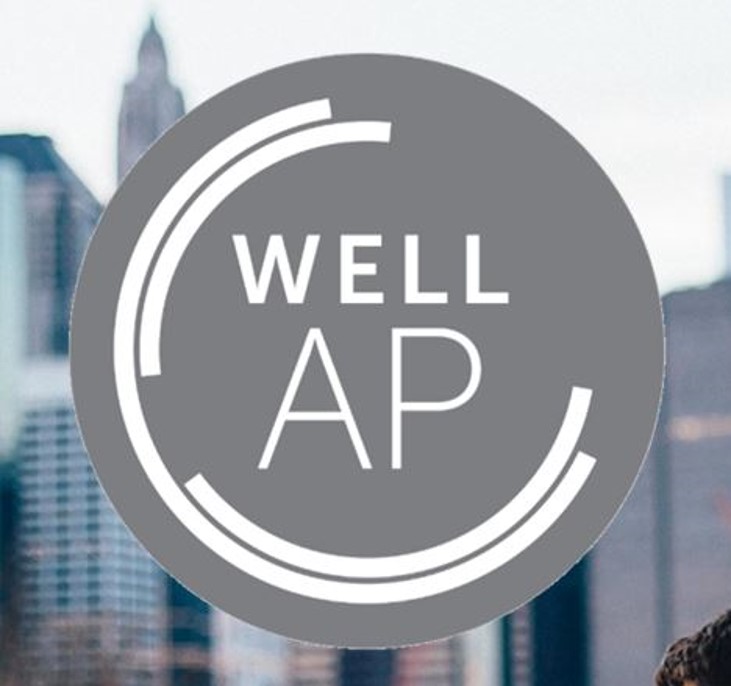WELL CE
Learn more about the WELL Building Standard with our continuing education!
The WELL Building Standard is a performance-based system like LEED that focuses exclusively on the health and wellness of the people in buildings. While the LEED rating system and other green building rating systems looks more closely at environmental sustainability, the WELL standard focuses on the heath and wellness of occupants within buildings.
A WELL AP credential distinguishes building professionals who have in-depth knowledge of the WELL Building Standard, building codes and standards in the sustainability industry.
Understand if WELL is right for you and learn more about the Building Standard, exam and credential with our continuing education!
If you have any questions please email us at [email protected].

WELLOPEDIA V2.0
– 10 hour GBCI/AIA/WELL CE series
– Understand each concept
– Identify the features within each concept
– Distinguish the difference between preconditions and optimizations
– Releasing May/June 2023
$149

GOLD MEMBERSHIP - WELL AP
– 30 hour GBCI/AIA/WELL CE series
-6 WELL Specific hours
– Understand each concept
– Identify the features within each concept
– Distinguish the difference between preconditions and optimizations
-Access to WELLopedia
$199

PLATINUM MEMBERSHIP
– Access to 250+ premium sustainability courses, articles
– Pick & choose your courses from our entire course library
– Including WELL specific hours
– Including access to our LEED & WELL exam prep
$349
Sign Up For Our Email List
| Thank you for Signing Up |


important things you should know
Questions And Answers
Step 1 – Sign-up for a FREE WELL online account @ wellonline.wellcertified.com
Step 2 – Register for the Exam by paying applicable fees
Step 3 – Schedule the exam through Prometric
- WELL AP Candidate Handbook – https://resources.wellcertified.com/tools/well-ap-candidate-handbook/
- Get to know the new WELL AP guide – https://a.storyblok.com/f/52232/x/794a763221/get-to-know-the-new-wellap-guide-final.pdf
- WELL v2 | Q4 2020 – https://resources.wellcertified.com/tools/well-v2-or-q4-2020/
- WELL Certification Guidebook | Q3-Q4 2020 – https://resources.wellcertified.com/tools/well-certification-guidebook-q3-q4-2020/
- WELL Portfolio Guidebook | Q4 2020 – https://resources.wellcertified.com/tools/well-portfolio-guidebook-q4-2020/
- Register for the WELL AP Exam – https://www.wellcertified.com/well-ap
- Register for GBRI WELL AP Exam Prep – https://stag.gbrionline.org/well-ap-exam-preparation/



